All About Guitar Chords
Learn the essential guitar chords, major and minor, understand how they're built, and understand the theory that makes chords work together.
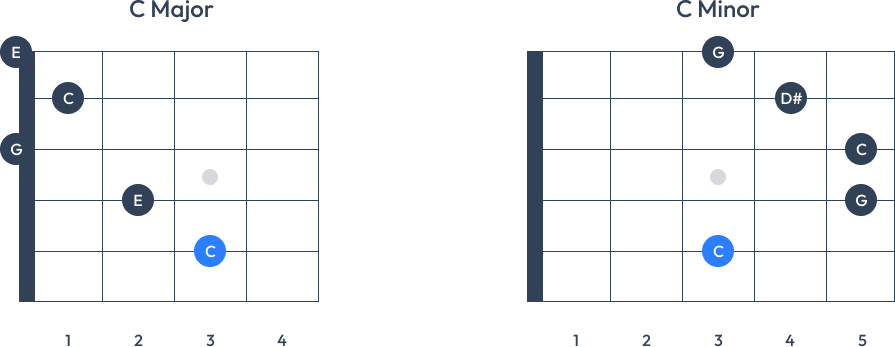
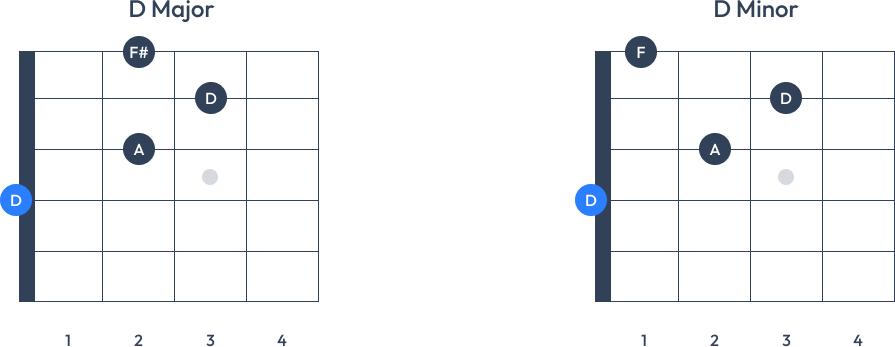
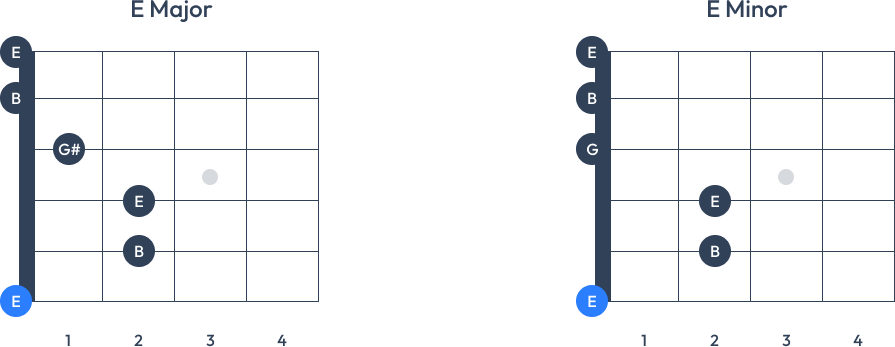
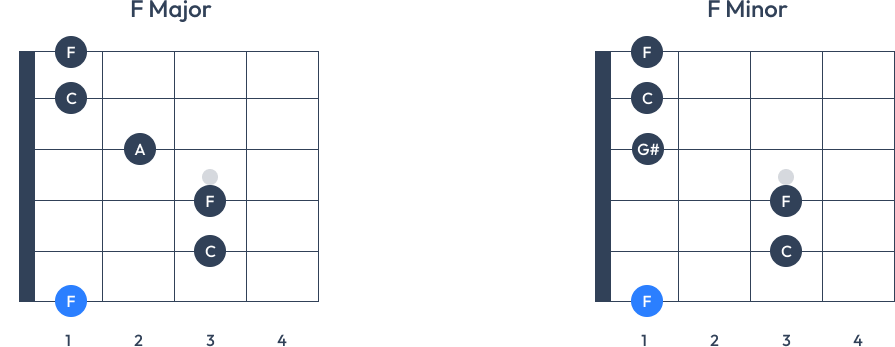

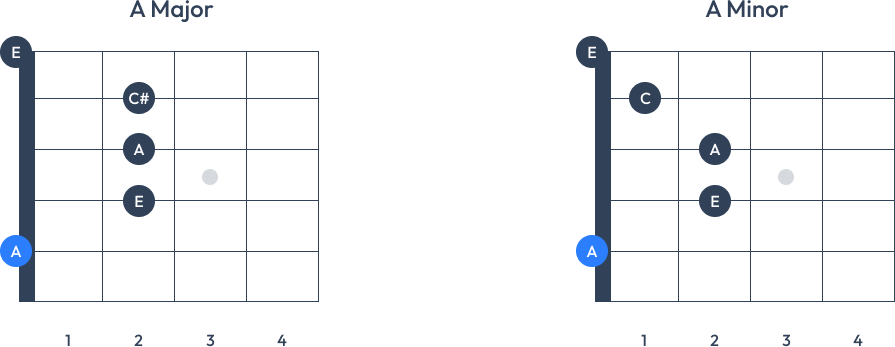
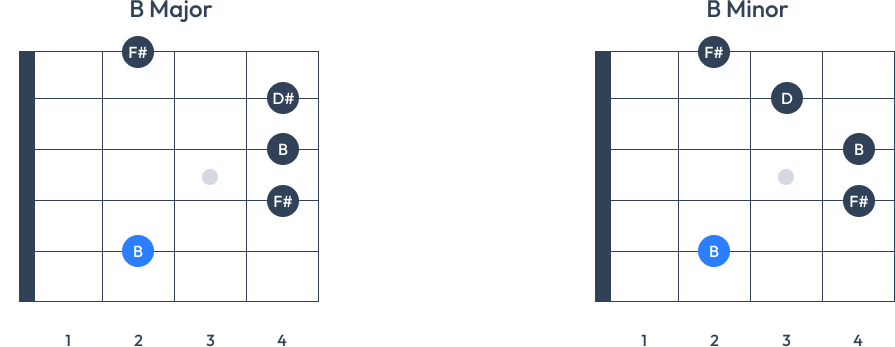
What Is a Chord
A chord is a group of notes played together that creates harmony. On the guitar, chords are the foundation of rhythm playing and songwriting. Common chords use three notes, and they can sound happy, sad, or tense depending on their structure. The two most important types of chords to learn are major and minor chords.
Major chords sound bright and happy. Minor chords, on the other hand, sound more emotional or sad. Starting with basic guitar chords like C major, G major, and A minor is the best way to understand and learn.
How to Get Chords on Guitar
Chords are built from scales. The most common chord shape comes from taking the 1st, 3rd, and 5th notes of a scale. For example, the C major scale is C-D-E-F-G-A-B. If you take the 1st (C), 3rd (E), and 5th (G), you get the C major chord.
Here are all guitar chords in their basic major and minor forms:
- C Chord: C E G / C Eb G
- D Chord: D F# A / D F A
- E Chord: E G# B / E G B
- F Chord: F A C / F Ab C
- G Chord: G B D / G Bb D
- A Chord: A C# E / A C E
- B Chord: B D# F# / B D F#
Difference Between Minor and Major Chords
The main difference between a major and minor chord is the third note. A major chord has a major third interval (4 semitones from the root), while a minor chord has a minor third (3 semitones from the root). This difference creates a big change in sound.
For example, C major is C-E-G. C minor is C-Eb-G. Major chords sound bright and full. Minor chords sound moodier and more emotional. Learning to hear this difference is key to mastering easy guitar chords and playing by ear.
Other Types of Chords
Other than major and minor chords, other types of chords exist. Each adds a unique flavour to music. Some common ones include:
- 7th chords - Add a 7th note to the basic triad (e.g., C7 = C E G Bb).
- Suspended chords - Replace the 3rd with a 2nd or 4th (e.g., Csus2 = C D G).
- Add chords - Add another note without replacing anything (e.g., Cadd9 = C E G D).
These chord types are used in pop, jazz, blues, and more. Adding them to your playing will make your rhythm guitar more expressive and interesting.